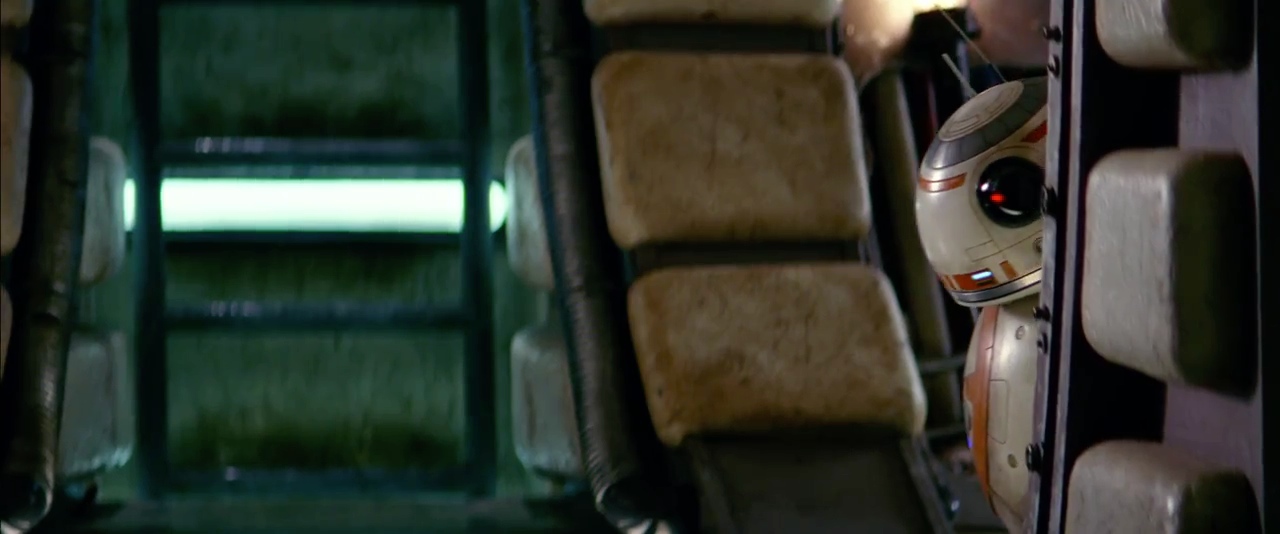Wow Factor Cheatsheet
A few things I want to reiterate about 4K, UHD, Dolby Vision, HFR, and HDR:
- “4K” is not actually a standard, UHD is. It’s still used by many to refer to the resolution.
- UHD is about frame rate, color, compression, and different resolutions, including 4K. Officially, the whole thing is Rec. 2020, or BT 2020.
- Blu-Ray doesn’t play back UHD content, but it will.
- HDR is also not a standard. It means “high dynamic range”. In terms of TVs, it’s usually used to refer to Dolby Vision.
- Dolby Vision is a proprietary standard of (suspense accent) Dolby. They’re very eager to license it to people.
- Dolby Vision has the same Rec. 2020 color gamut as UHD, but it has a greater range of luminance. Whites are whiter, darks are darker. I recommend reading the very short PDF on it.
- Dolby Vision can be any resolution. When it initially premiered, it was pitched as a competing technology to UHD. However, there are “4K” Dolby Vision displays.
- Dolby Vision is even supported for laser projectors in theaters. It’s not the same as a Dolby Vision TV in a home. The specification allows for this variation (mostly because they can market it all as Dolby Vision).
- HFR means “high frame rate” and it’s not a standard. It basically just means anything higher than 24 FPS, the standard frame rate for film. 30 FPS was common as part of the NTSC standard, but it doesn’t really count. People are usually referring to 48+ FPS when talking about HFR. It hasn’t been very popular with critics, or audiences.
It’s about more than just the TV, it’s the pipeline of how stuff got to your TV. Whatever a person watches on their TV is only ever going to be as good as the worst part of that pipeline. If you’re watching satellite broadcasts, they’re compressed. If you’re watching a movie that was transferred to UHD, but your display is Dolby Vision, you’re not getting that amazing color and contrast. If your source material was an episode of Doctor Who shot in 1976 then no fancy TV is going to help very much.
A major limitation is getting the content into homes, with the Blu-Ray Association announcing another revision to their disc format to accommodate UHD (but not Dolby Vision), and only a handful of streaming services. Even Apple’s magical, unicorn TV coming this fall is rumored not to have 4K support.
In terms of color, and brightness, there’s a ton that’s available in older material that’s not been represented to people in their homes. Some recent productions are using an ACES pipeline to try and keep color, and brightness, as lossless as possible through the whole mastering process.
Movies from the last 20-ish years had their effects mastered in about 2K-ish resolutions. Even modern film and television shows are not mastered to take advantage of the new technologies appearing on the market. Some do, like House of Cards which had its’ third season mastered in 6K (6 times HD). Even Disney’s Marvel’s Avengers: Age of Ultron had the intricate effects for The Vision’s face delivered at a final resolution lower than UHD.
Will the person sitting at home perceive variations in quality? Probably not. I’ll know they’re there, damn it. I’ll know they’re there, and I’ll judge you all.
Category: text
